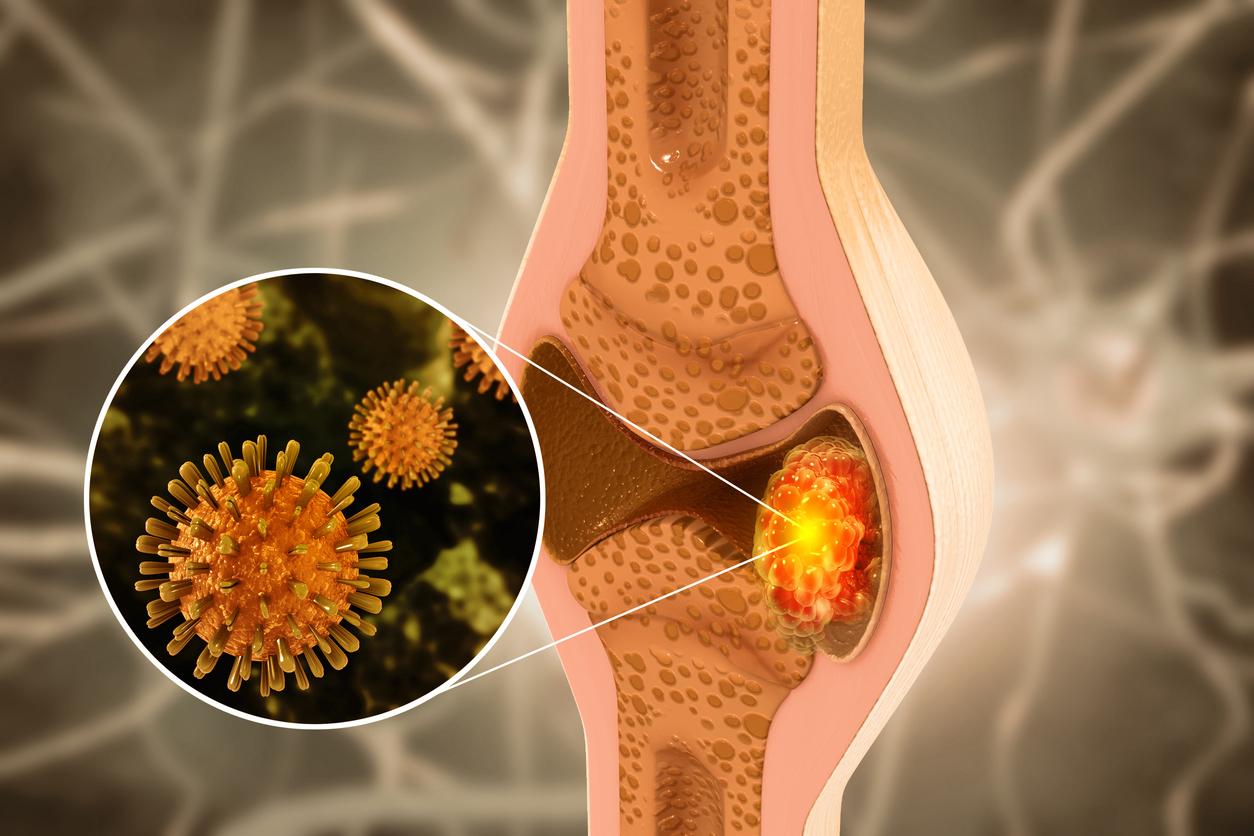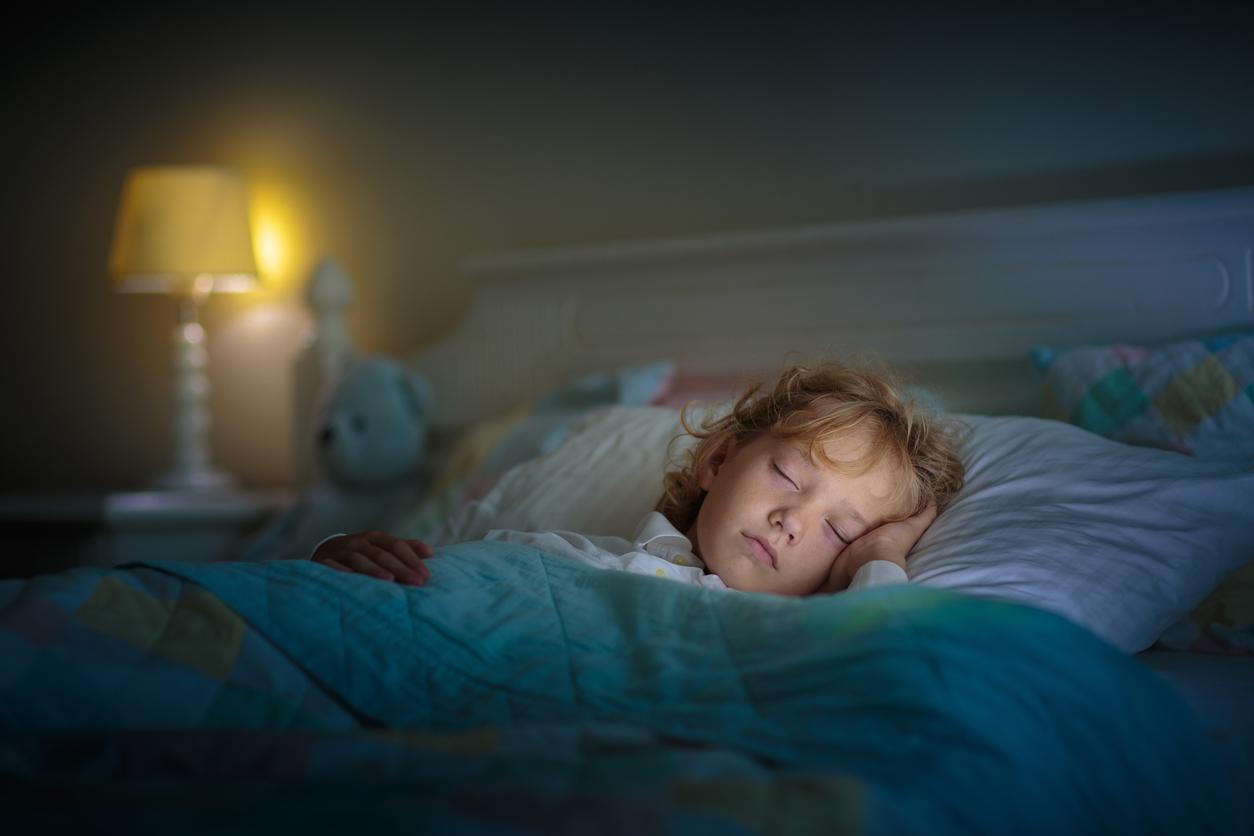Here are the symptoms that occur in children with attention deficit hyperactivity disorder (ADHD).

- The disability association CoActis Santé lists the symptoms of ADHD in children in a new document.
- “None of these difficulties are specific to ADHD,” she says.
- “The prevalence of hyperactivity/ADHD in France can be estimated at 0.3% of school-age children,” says psychoanalyst Sébastien Ponnou.
Attention-deficit/hyperactivity disorder (ADHD) can be difficult to diagnose in children because of its many symptoms. To help parents and healthcare professionals do so, the association specializing in disability CoActis Santé published a new summary sheet on the subject.
“The first signs suggestive of ADHD can be observed early in childhood” First explain the members of the non-profit organization. “Overall, the child’s functioning is out of step with that of his peers of the same age,” they summarize first.
ADHD: Three Categories of Symptoms in Children
Symptoms of ADHD in children mainly fall into the following three categories:
1/ Inattention.
• The child does not listen, needs instructions repeated.
• Has difficulty organizing and planning schoolwork, procrastinates.
• Often forgets his equipment, loses his things.
• Has difficulty completing an activity.
• Is easily distracted, daydreamy, in the clouds.
• Has fluctuating concentration skills.
• Avoid tasks with high cognitive cost (including some games).
2/ Hyperactivity.
• The child is restless, fidgets in his chair, does not stay seated, constantly manipulates objects.
• Disrupts the class (talks, regularly drops things in class, sings, whistles).
• Unintentionally puts himself in danger and suffers repeated injuries.
• Escapes the vigilance of his parents in public places, crosses the street without looking.
3/ Impulsivity.
• The child acts or responds too quickly.
• May say things he later regrets.
• Does not control his gestures (breaks accidentally) or his words (too spontaneous, little filter).
• Is impatient, has difficulty waiting his turn.
• Has difficulty deferring.
• Cuts off speech, interrupts.
• Gets tired quickly.
“We also observe in children with ADHD difficulties in managing their emotions (tantrums, intolerance to frustration, etc.) and in adapting to new or unforeseen situations” ccompletes the association CoActis Health.
ADHD: “We must take into account the duration of symptoms”
“None of these difficulties are specific to ADHD,” she also specifies. “The duration, frequency and impact of these signs must also be taken into account,” she notes.
“Moreover, theGirls more often have an inattentive or mixed form of ADHD that may go unnoticed, leading to underdiagnosis. However, both girls and boys can have any clinical form of ADHD,” experts also point out.
Finally, note that ADHD symptoms evolve from childhood to adulthood, which implies to regularly reassess the patient. “Context/circumstances can further modulate the expression of symptoms,” the activists conclude.
ADHD in France: a prevalence that is controversial
The prevalence of ADHD in France is subject to debate. “According to our study, the prevalence of hyperactivity/ADHD in France can be estimated at 0.3% of school-age children, with 0.2% for the prescription of psychostimulants,” explained in 2020 to Release Sébastien Ponnou, psychoanalyst and lecturer at the University of Rouen-Normandy. “These data are particularly robust because they are based on the reality of clinical practices and on doctors’ prescriptions for the entire population,” he said at the time.
“The prevalence of ADHD is about 5% in children” Health Insurance believes this.
















